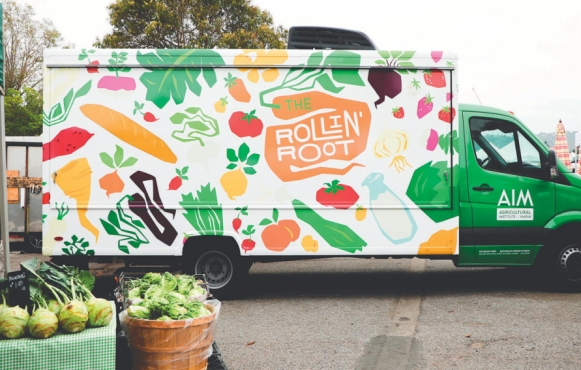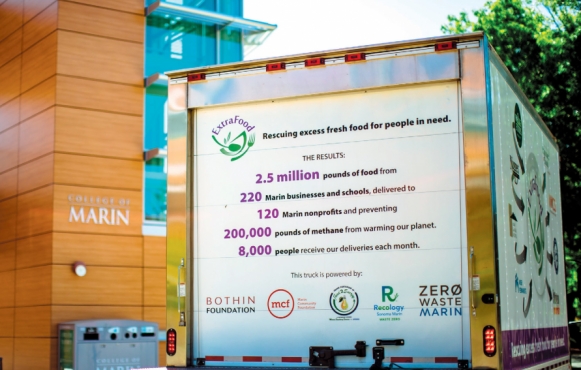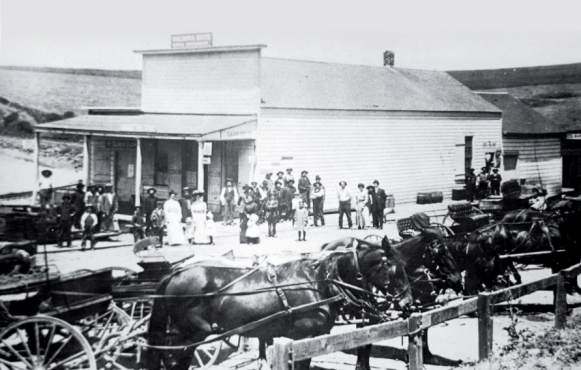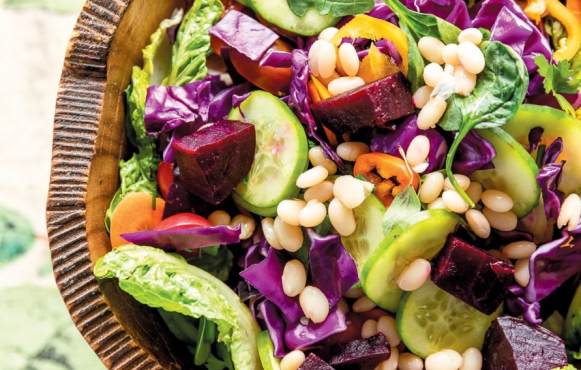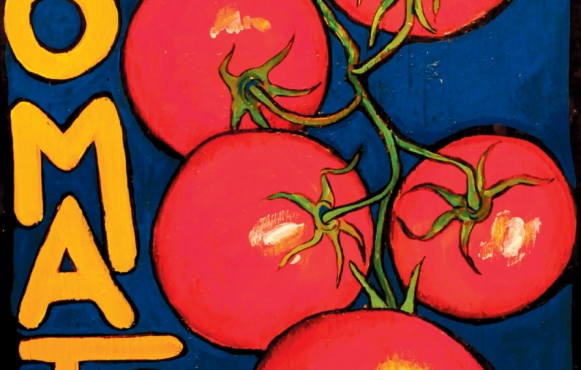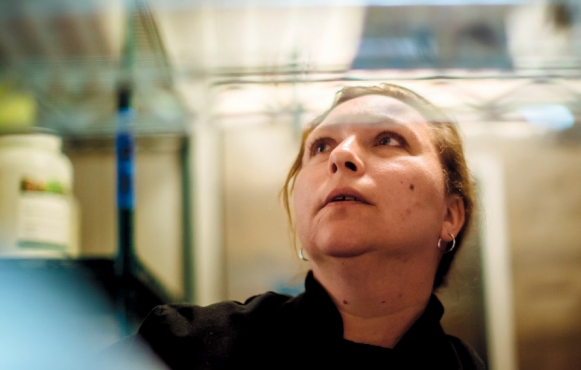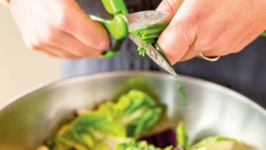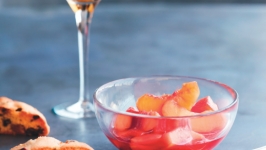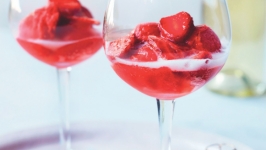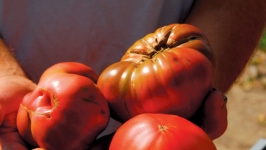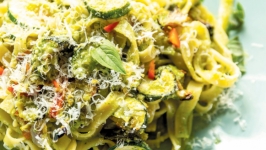Summer 2019 Issue

“If you can’t feed a hundred people, then feed just one.”
—MOTHER TERESA
Eating. It’s something we all do, every day, most of us several times a day, from almost the moment of our birth until almost the moment of our death.
The need for nourishment is one of the small handful of shared traits that binds together every living thing. And yet…
Brillat-Savarin, the French jurist, politician and renowned gourmand, famously remarked “Tell me what you eat; I will tell you what you are.”
Roughly 1.8 million years ago, Homo erectus harnessed the power of fire to cook food and set modern humans on a wildly divergent evolutionary path than our primate cousins. According to a 2012 study published in the journal Proceedings of the National Academy of Sciences, it was the heating of food to unlock 100% of its nutrients, rather than the 30 to 40% nutritional value of food consumed raw, that enabled our species to spend less time feeding our bellies and more time growing our brains. Human brain size doubled over the next 600,000 years.
That momentous “fork in the road” has led us to today, a time and a place where humankind holds dominion over the Earth. By all rights, we could eat anything we damn well please. But might does not make right, as well all know, and so the question becomes what should we eat? What factors should we consider when deciding what to eat? The wellbeing of other sentient beings that we might choose to kill in order to consume their flesh? The well-being of fellow humans who would toil to produce our food? The well-being of the planet? Would our eating of this particular thing cause other beings to go without food?
The most notable translation of Brillat-Savarin’s 1825 work, The Physiology of Taste, was done by the late, great American food writer and Sonoma County resident Mary Frances Kennedy Fisher. When I launched Edible Marin & Wine Country 10 years ago, I placed my favorite M.F.K. Fisher quote on my business card: “There is a communion of more than our bodies when bread is broken and wine drunk.” That was the writer’s response to a question of why she wrote about hunger, and not wars, or love.
Growing up in the South, I learned early on the power of good food and feeding people. I witnessed this from the hands of my grandmother, arguably the most revered and beloved hostess in her North Alabama town. Receiving a plate of homemade divinity candy from Sweething meant you were “one of the chosen.”
There is a reason that Civil Rights activists took their protests to lunch counters—with whom we choose to share our table also speaks volumes as to who we are, our culture and our values.
A noted chef friend of mine introduced me to the term “emotional calories.” The concept that food, when conscientiously produced, thoughtfully sourced, lovingly prepared and consciously consumed, is more than just filling, it is fulfilling.
For me, emotional calories start with knowing where my food comes from: who grew it, who raised it, who harvested, fished or hunted for it, who fermented it, who brewed it, or—key for this Southern girl—who distilled it. In Northern California, this is remarkably easy. We are blessed with a great abundance of extraordinary producers of good food and drink. “Good” not just in terms of taste, but also with respect to ethical and sustainability standards.
Locally produced food not only tastes better than food that has traveled many a mile; local food production has a tremendous ripple effect on every sector of the local economy, from auto mechanics to retailers to doctors. Not to mention preserving the great swaths of agricultural land that make our region so uniquely bucolic.
Over the past 10 years and 41 issues, this magazine has explored and celebrated the rich and abundant good food and drink culture here in Marin, Napa and Sonoma counties, and I plan to keep that up for the next 10 years, and then some …
But for this special 10th anniversary issue of Edible Marin & Wine Country, I felt compelled to explore the subject of eating from a different point of reference—starting off by acknowledging that in this land of seeming abundance, many of our neighbors will go to bed hungry tonight.
Of course, we all see the most visible signs of hunger in our communities—the homeless. As heartbreaking as this is, it is far from the whole story. Very far.
The seeds of this special issue were planted when I was invited to attend one of the monthly meetings of the Marin Food Policy Council [https://ucanr.edu/sites/MarinFoodPolicyCouncil/] a couple of years ago. There, I was shocked to learn the extent of hunger in Marin, Napa and Sonoma counties—the numbers include seniors, the sick, isolated rural farm workers, college students, working families and victims of natural disasters. Literally jaw-dropped. And heartsick. I believe that many of our readers will be, as well. But the first step towards making change is to recognize the need for it. And the need is great.
Blessedly, there are also many in our area who work tirelessly to alleviate the suffering of those in need, and to teach the next generation how to grow food sustainably, caring for themselves, their fellow beings and the planet. There are stories about many of these individuals and organizations in this issue, too.
There is also information about how we can all join in their efforts. Young and old, rich and poor, there is room for all at this table.
 Please join me in celebrating the work of these local heroes, and in setting an intention that when our 20th anniversary rolls around, everyone’s plates will have been filled—physically, and in every other aspect of their need.
Please join me in celebrating the work of these local heroes, and in setting an intention that when our 20th anniversary rolls around, everyone’s plates will have been filled—physically, and in every other aspect of their need.



